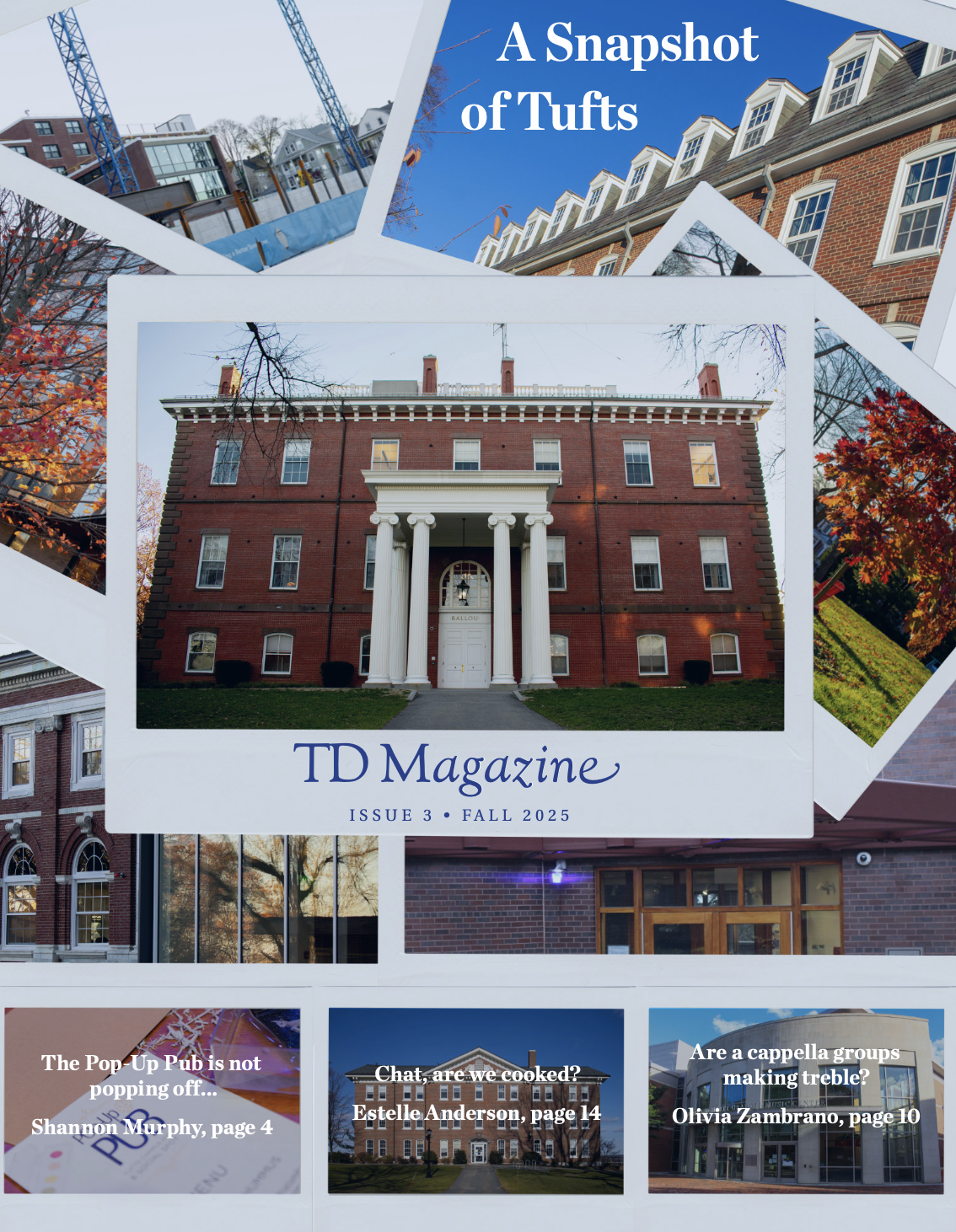The world became astronomically bigger in the 18th century. In preceding centuries, the Americas had begun to be colonized by the Europeans, and by the middle of the 18th century, European colonialism had made its way onto nearly every continent. This desire for grandeur in regards to extending one’s borders promoted thinking at a larger scale in disciplines such as science, technology and the arts. The period of music that gives "classical music" its name is our focus this week: the Classical period. Lasting from around 1730 until the early 1820s, the Classical period (notice the capital "C" denoting the period rather than the general style) adheres to this mindset of expansionism and colonialism in the sense that music, like countries, became bigger. Baroque music, such as that composed by J.S. Bach, was often characterized by the composer’s intention to write for a small ensemble. In Classical ensembles however, more musicians were involved and the works that they performed also became larger.
The word “symphony” comes from the ancient Greek word, “symphonia,” meaning “an agreement of sound,” and an agreement of sound was exactly what drove early symphonic composers. The first true symphonies, which can be defined as multi-movement pieces composed for a large group of musicians, often including strings, winds, brass and percussion, and led by a conductor, were first written around 1730. These symphonies involved many melodic and harmonic parts, and harmonies between the different instrumental sections gave the music a full and large timbre, or musical sound quality and texture, which was suited for concerts in extravagant concert halls which had begun to be built around Europe. Franz Joseph Haydn (pronounced “Hide-in”) and Wolfgang Amadeus Mozart, two of the most influential and celebrated symphonic composers, wrote an astounding 106 and 41 symphonies, respectively.
An interesting side effect to this global expansionism was that there was suddenly much less mystery in what lay beyond the horizon. People were more informed about what was occurring beyond their city borders, and international travel became easier than it had ever been before. Composers and musicians began to travel to find inspiration for their work as well as give performances. Performers such as violinist Niccolò Paganini became well-known throughout Europe as true virtuosi, and were known to give concerts demonstrating highly advanced technique and musicality. These top performers used the finest instruments of their day, with violinists often playing on violins created by luthiers such as Antonio Stradivari, whose career bridged the Baroque and Classical periods. The ability to bring music that had once been confined to a single city or country into a larger realm was a defining characteristic of the Classical period, and set up the Western world for more international musical collaboration in the decades to come.
Suggested listening (chronological order of composition):
Franz Joseph Haydn — "Violin Concerto in G Major"
Wolfgang Amadeus Mozart — "Sinfonia Concertante in E-flat"
Wolfgang Amadeus Mozart — Symphony No. 36 “Linz”
Franz Joseph Haydn — Symphony No. 85 “La Reine”
Niccolò Paganini — "3 Ritornelli M.S. 113"
Carl Maria von Weber — "Concertino for Clarinet and Orchestra"
Niccolò Paganini — "Violin Caprice No. 24"
More from The Tufts Daily
Love To Hate: The gameday experience
By
Brian Becker
| December 5
How to lose seasonal depression in 10 days
By
Sera Kwon
| December 5
Almaty: The city of lovers
By
Max Turnacioglu
| December 4





